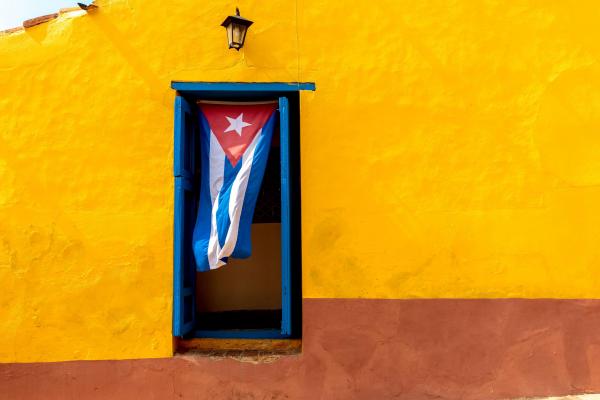IN MARCH, I visited Cuba on a 10-day tour with alumni from Eastern Mennonite University. I’ve studied the socialist structure of the early Jerusalem church (as recounted in Acts 2-6), and I wanted to experience Cuban socialism directly and see how it compares. How, for example, have Christian churches fared under a one-party socialist government?
On our visit, we heard about Cuba’s successes in the areas of health care and education. We heard a lecture on the massive effort to bring Cuba’s average level of education from third grade in 1959 to the current 11th grade. We learned about Cuba’s universal free health care, and that local clinics throughout the island provide basic care accessible to every citizen. As a result, infant mortality is lower than in the U.S. and overall life expectancy is about the same, according to The Atlantic—even though the U.S. spends more than 10 times as much per person per year on health care.
Such basic needs have been met not by Christian churches but by a government that initially robbed the wealthy and shared it with the poor. What were Christians in Cuba—Catholics, Protestants, Anabaptists, and Jehovah’s Witnesses—to make of this enormous shift toward economic equality? After the revolution, most missionaries returned to their home countries, and thousands of Cubans, Christians and otherwise, fled to the United States. Christians who remained had to rethink their mission in a society where the poor were educated and healed through structural change rather than individual charity.
Read the Full Article

